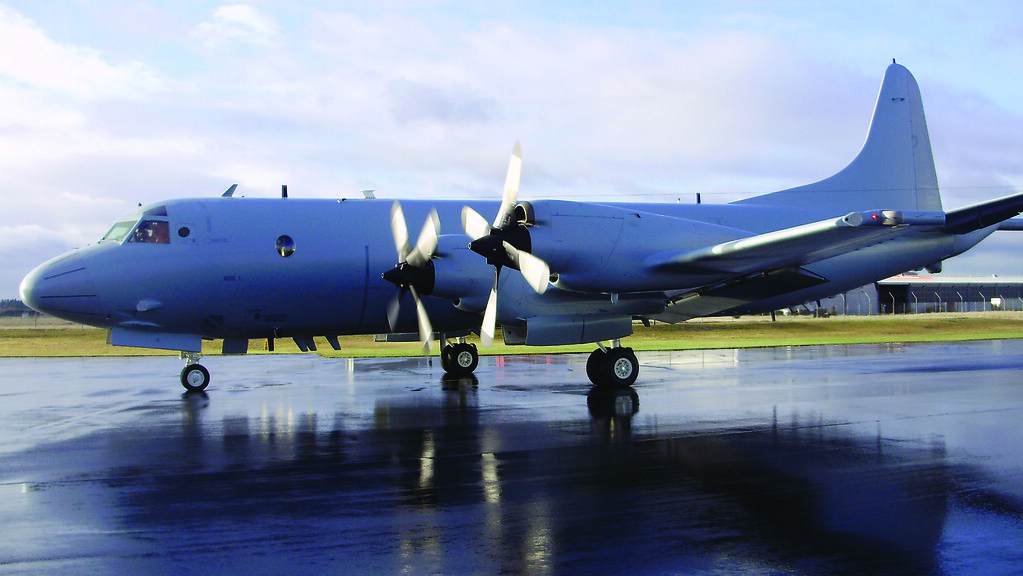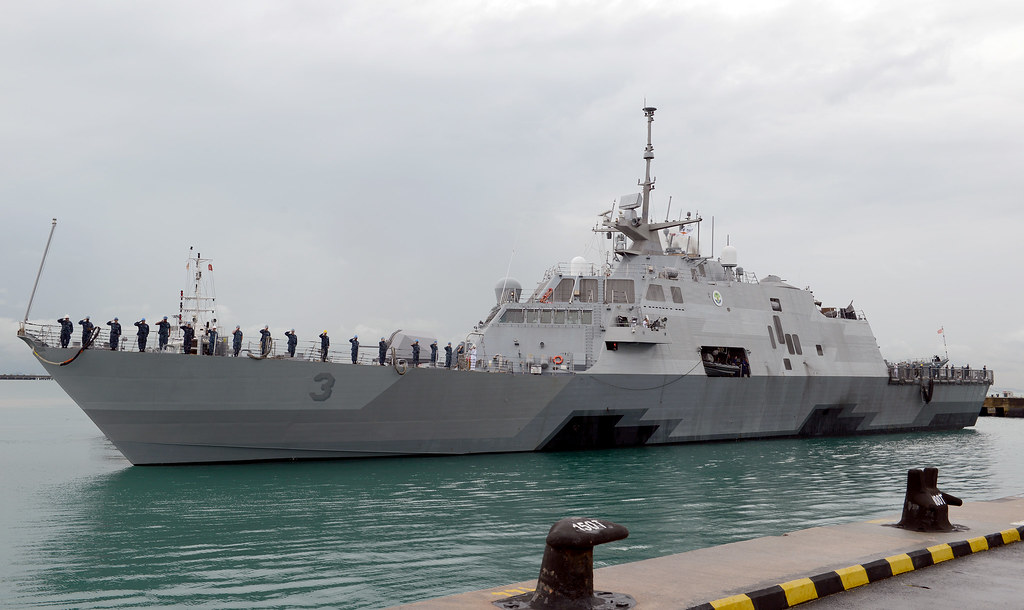Australian Defence Force operations in Afghanistan will enter a significant phase in the New Year. January 1st marks the start of Operation HIGHROAD, Australia’s new train, advise and assist mission.
The change marks the end of Operation SLIPPER, which has been Australia’s commitment to the NATO-led International Security Assistance Force (ISAF) mission in Afghanistan for the past 13 years.
The new operation is in line with the NATO-led mission transitioning from a combat role to Operation RESOLUTE SUPPORT; a train, advise, assist mission. Importantly, the transition also recognises that the Afghan National Security Forces (ANSF) have now taken the lead for all combat operations.
The Commander of Australia’s Joint Task Force 636 in Afghanistan, Major General David Mulhall, said the new mission recognises the improved capacity of the ANSF, largely as a result of Australian and international support.

















_Map.jpg)

.jpg)


